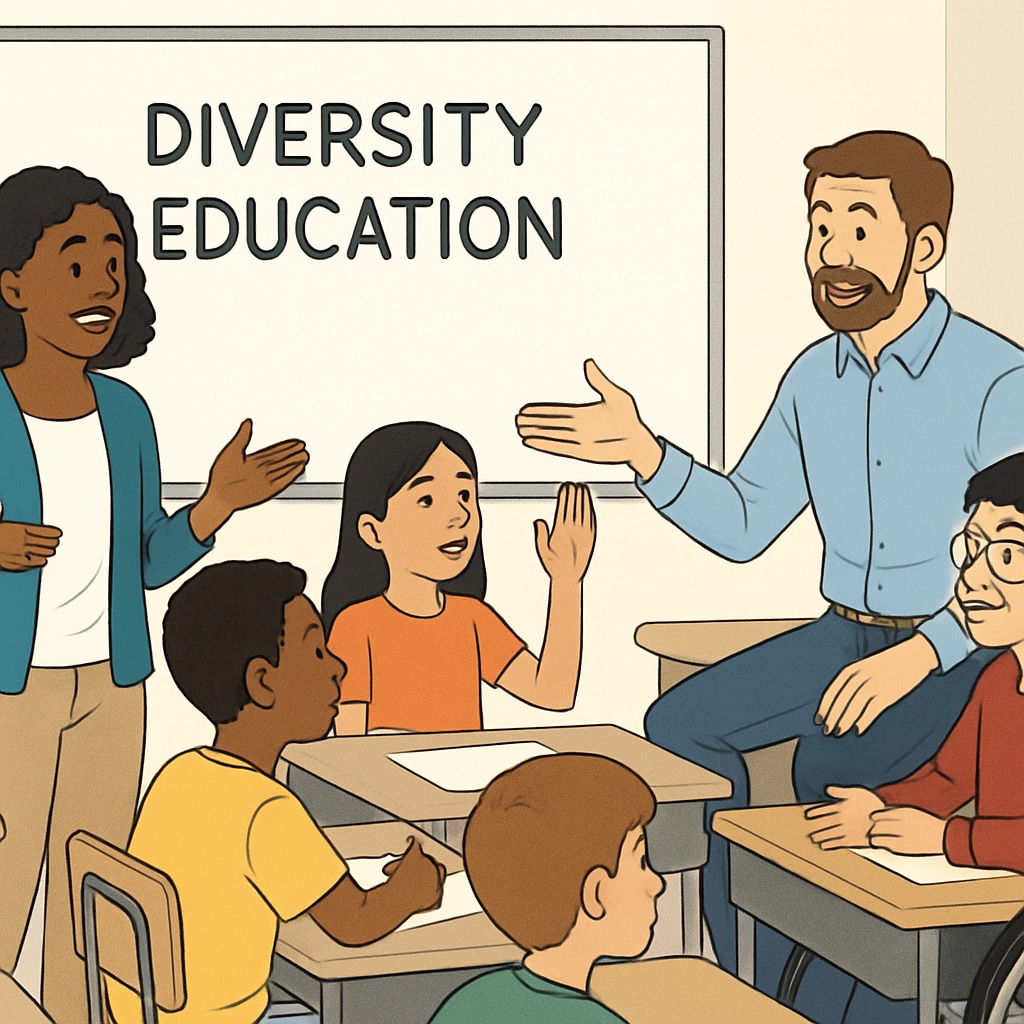Recent calls for oversight of diversity education by conservative groups, including the Heritage Foundation and their Project 2025, have sparked significant debates about academic freedom in both higher education and K12 schools. These groups argue that some diversity-focused curricula promote ideologies that conflict with traditional values, while critics warn that such oversight could infringe upon academic independence. This tension raises critical questions about the future of education and how schools can navigate these ideological divides while maintaining a commitment to inclusivity and critical thinking.
The Rise of Conservative Oversight in Education
The Heritage Foundation, a prominent conservative think tank, has long advocated for shaping public policy to reflect its values. Its recent initiative, Project 2025, aims to influence educational content across various levels, including K12 schools. These efforts are part of a broader movement to scrutinize diversity education, which some conservatives argue introduces politically charged narratives to young learners.
Supporters of these initiatives believe that oversight is necessary to ensure that educational content remains neutral and avoids promoting divisive ideologies. However, educators and policy experts caution that such measures could limit educators’ ability to teach critical perspectives on history, culture, and social issues.

The Impact on K12 Diversity Education
Diversity education in K12 schools aims to expose students to a broad range of cultural, historical, and social perspectives. Proponents argue that these programs foster empathy, critical thinking, and a better understanding of the world. However, critics, including some conservative groups, claim that certain elements of these curricula may introduce political bias or promote values at odds with family or community beliefs.
The push for oversight has led to legislative proposals in some states to regulate K12 curricula. While these laws often aim to increase transparency, they can create challenges for educators who must navigate vague guidelines or potential political backlash. This environment may discourage teachers from addressing complex or controversial topics, ultimately limiting students’ exposure to diverse viewpoints.

Balancing Academic Freedom and Public Concerns
The debate over diversity education highlights the challenge of balancing academic freedom with the public’s right to influence educational policies. On one hand, academic freedom allows educators to present a wide range of ideas, encouraging students to think critically and independently. On the other hand, parents and communities have a legitimate interest in ensuring that school content aligns with shared values and avoids unnecessary controversy.
To navigate this complex issue, schools and policymakers can consider the following approaches:
- Stakeholder Collaboration: Engage parents, educators, and community leaders in open dialogues to identify shared goals for education.
- Transparent Guidelines: Develop clear, consistent policies that balance inclusivity with respect for diverse beliefs.
- Professional Development: Provide training for educators on how to approach sensitive topics thoughtfully and inclusively.
Finding this balance is essential to preserving both the integrity of education and the trust of the communities it serves.
Looking Ahead: The Future of Diversity Education
As debates around diversity education and oversight continue, the stakes for students, educators, and policymakers remain high. The decisions made today will shape how future generations understand and interact with the world. Efforts to find common ground must prioritize the development of well-rounded, informed citizens who can navigate a diverse and interconnected global society.
Ultimately, the challenge lies in creating educational environments where diverse perspectives are not only tolerated but celebrated, without alienating those who hold different views. By fostering mutual respect and understanding, schools can serve as bridges rather than battlegrounds in these ideological debates.
Readability guidance: This article uses short paragraphs, clear lists, and active voice to enhance readability. Transitions like “however,” “in addition,” and “as a result” are used effectively to maintain flow and coherence.


